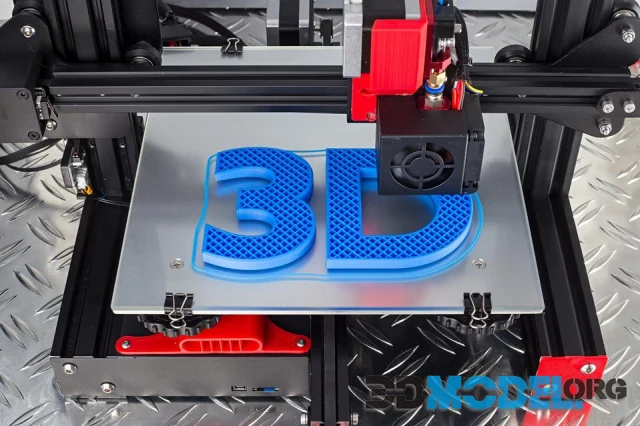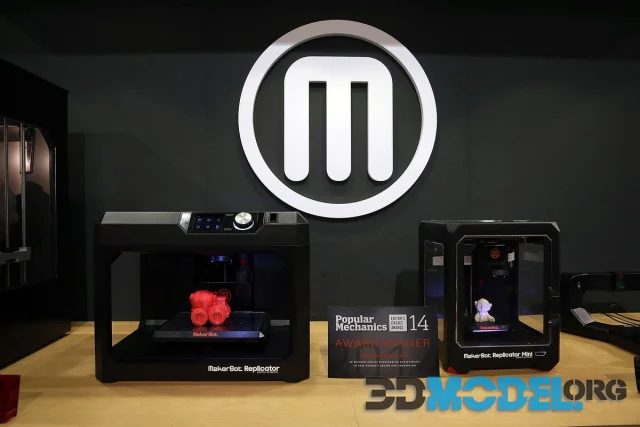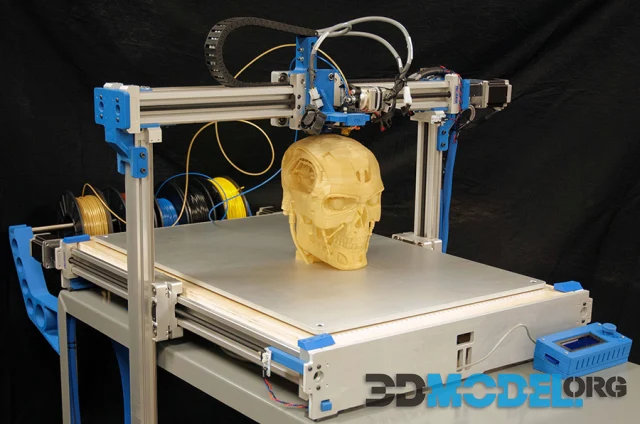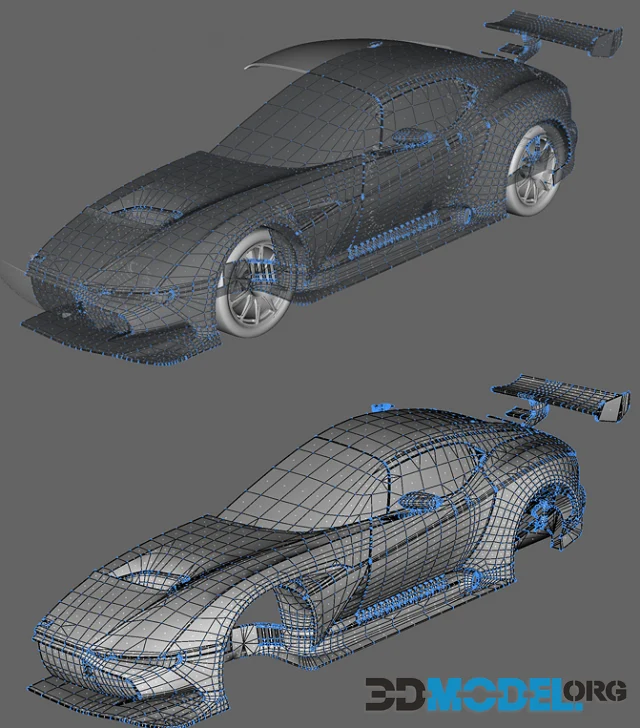3D printing: advantages and disadvantages

3D printing is becoming increasingly popular in all fields of activity. Having recently moved beyond laboratories, research complexes, and manufacturing plants, it is becoming more and more entrenched in the world around us. But how useful is this technology really, and what is it good for?
Perhaps we should start with the usefulness of 3D printing. The most basic factor in the use of this technology is the volume of production. If we are talking about all sorts of gadgets for the house, which you can invent yourself, or about printing parts for repairs, then a 3D printer is really a necessary and useful thing. 3D printing often allows you to do things that are too expensive or very difficult (and sometimes impossible) to do with other technologies.
The advantages of 3D printers over traditional production methods are clearly visible in professional applications as well. If we compare 3D printing with traditional production technologies, such as casting, milling, stamping, cutting, etc., the following advantages of 3D printing can be highlighted:
- Production speed;
- Final product quality;
- Flexibility of production.
Of course, this technology also has clear disadvantages. Here are some of them:
- Expensive;
- Limited assembly size;
- Danger to the public.
If we talk more extensively about these pros and cons, it's best to start with the most important. Of the pluses, the one that stands out the most is the final quality of the product and the speed of production. Final quality is one of the most important aspects of any production. Not only does it have a huge impact on a company's reputation, but also on the safety of its employees. 3D printing uses a completely different production method than machine tools, so the process has far fewer weaknesses and flaws overall. It is also often much faster and, in most cases, automated.
As for the disadvantages of 3D printing, special attention should be paid to the potential dangers that this process can hold. The fact is that the creation of weapons becomes much more accessible with the help of 3D printing technologies. All of this makes it very difficult to classify weapons and may even confuse the police. As 3D printing becomes more widespread, the number of cases of unauthorized weapons is also increasing. This may seem very strange, of course, since most 3D printed items are made from plastic, but even plastic weapons can be dangerous. In addition, some criminals use 3D printers to create realistic card readers for ATM machines.
Whether or not to use 3D printing is up to you. You can find a lot of STL files on our website to help you quickly make what you want.
Read more:
Ctrl
Enter
Noticed a misTake
Highlight text and press Ctrl+EnterRelated news:
Comments (0)






